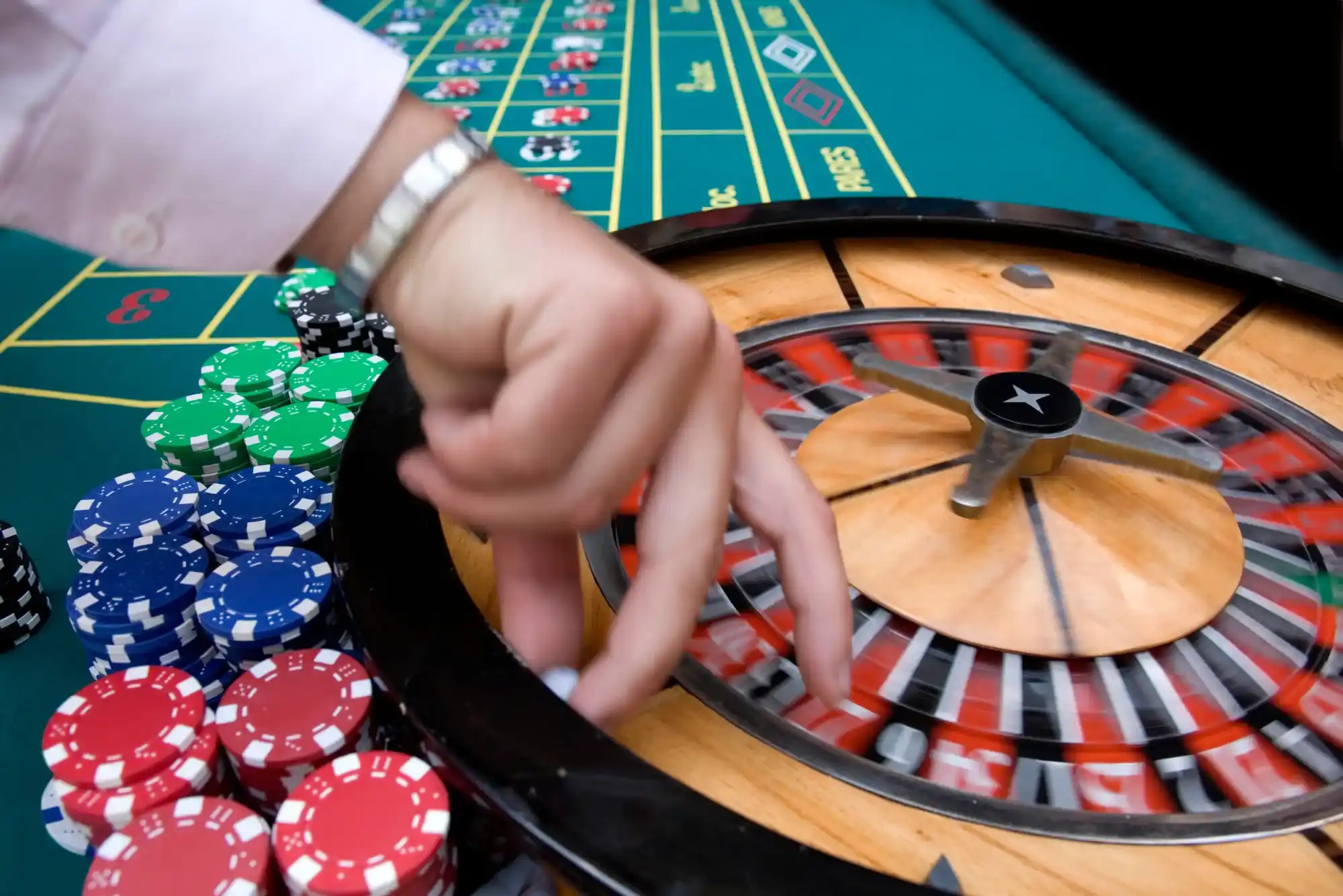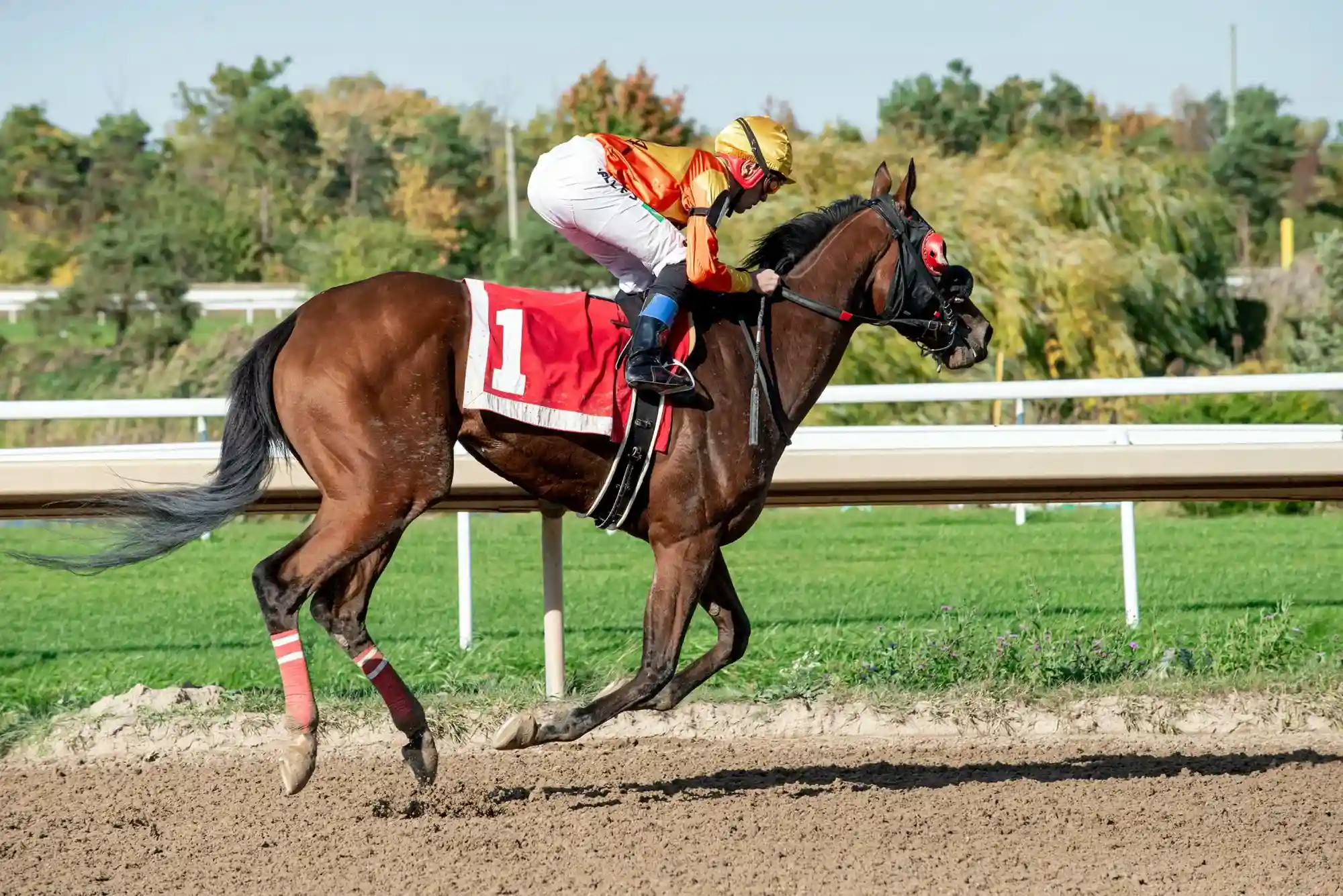Sports betting has always fascinated people because it combines chance, skill, and strategy. Whether it’s football, tennis, horse racing, or niche sports like darts, the odds displayed by bookmakers are the backbone of betting decisions. But while odds for simple events like a coin toss are easy to understand, the calculations behind odds in complex sports events are far more sophisticated.
The process involves not only mathematics but also psychology, market behavior, and real-time data analysis. Having followed betting markets for years, I can say that the way odds are shaped today has less to do with gut instinct and more to do with algorithms and predictive modeling. Still, a human element remains—because no matter how advanced the systems get, sports are unpredictable.
The Basics of How Odds Work
At the simplest level, odds represent probability. If a bookmaker gives a team odds of 2/1 (or 3.00 in decimal), it implies the team has about a 33% chance of winning. However, these numbers are rarely direct translations of probability. Bookmakers build in their margin, often called the overround, to ensure profit regardless of the outcome.
For example, if two evenly matched teams each theoretically have a 50% chance of winning, fair odds would be 2.00 (evens). But a bookmaker might offer 1.91 on each side, meaning that no matter who wins, they keep a percentage of the stake pool. This margin is one of the main reasons bookmakers consistently make money.
Complex Sports Events and Multiple Variables
Things get more interesting when events are not straightforward. Football matches, for instance, don’t just end in a win or a loss. There are draws, goal totals, correct scorelines, halftime results, individual player markets, and much more. Each of these outcomes must be priced separately.
Bookmakers use historical data, team and player statistics, form guides, injuries, and even weather conditions to assign probabilities. Advanced models run simulations thousands of times to estimate how often certain outcomes might occur. This is why pre-match odds shift so quickly when, say, a star striker is injured during warm-up.
Modern platforms, including some of the newest bookmakers entering the market, rely heavily on machine learning models. These systems crunch historical performance data and adapt quickly as events unfold, offering in-play odds that feel almost instantaneous to players.
The Role of Algorithms and Predictive Analytics
Behind the scenes, odds are increasingly shaped by predictive algorithms. These systems use regression analysis, machine learning, and sometimes even neural networks to weigh dozens of factors at once.
For example, in tennis, algorithms might consider not only a player’s recent form but also their record against a particular opponent, their performance on a certain court surface, and even the travel schedule leading up to the match. In horse racing, algorithms weigh track conditions, jockey form, and historical race trends.
This shift toward data-driven decision-making has reduced human bias but also created markets that are harder for casual bettors to “beat.” The more accurate the model, the tighter the odds, leaving less margin for error.
Market Movements and the Influence of Bettors
While algorithms do the heavy lifting, the betting market itself plays a huge role in shaping odds. When a large number of bets flood in on one outcome, bookmakers adjust the odds to balance their exposure.
This doesn’t necessarily mean the outcome is more likely—it just means the bookmaker is hedging against potential losses. For example, if thousands of fans back their national team out of loyalty, the odds might shorten dramatically, even if the data doesn’t support a strong chance of victory.
Sharp bettors, who specialize in spotting discrepancies, often capitalize on these market inefficiencies. Bookmakers are aware of this and sometimes even follow the movements of professional gamblers as signals for adjusting their own lines.
In-Play Betting and Real-Time Adjustments
One of the biggest shifts in sports betting over the last decade has been the rise of in-play (live) betting. Odds no longer freeze once a match begins; they evolve minute by minute.
In football, a red card, an early goal, or even a sudden change in possession momentum can shift the odds dramatically. Bookmakers have entire teams and automated systems dedicated to recalculating probabilities in real time, often within seconds.
This dynamic environment has made betting more engaging for players but also more challenging, as odds reflect not just pre-match data but unfolding realities.
Balancing Fairness and Profitability
Bookmakers face a constant balancing act. On one hand, they need to offer odds that are attractive enough to draw in bettors. On the other, they must ensure profitability by keeping the margin intact.
For complex events like the Super Bowl, World Cup, or Wimbledon finals, this becomes even more delicate. The sheer volume of betting activity can swing odds unpredictably. Bookmakers often hedge their risks by adjusting prices across related markets or even placing bets with other bookmakers to cover potential liabilities.
The Human Factor: Why Odds Aren’t Perfect
Despite the reliance on data and technology, odds are never flawless predictions. Sports are inherently unpredictable—underdogs win, weather changes, and refereeing decisions alter outcomes. Bookmakers can only estimate probabilities, not guarantee them.
This unpredictability is what keeps betting exciting. If everything were perfectly predictable, betting markets would collapse. Instead, the balance between bookmaker expertise, data modeling, and the randomness of sport creates opportunities for both sides of the market.
Final Thoughts
Odds in complex sports events are calculated through a mix of mathematics, technology, and market dynamics. They’re not random numbers but carefully crafted probabilities designed to reflect the likelihood of outcomes while ensuring bookmaker profitability.
As more data becomes available and technology continues to evolve, odds will only grow more accurate. Yet, the unpredictability of sports ensures there will always be room for surprises. For bettors, understanding how odds are created is invaluable—it helps separate emotional hunches from calculated decisions.
In my view, odds calculation is as much an art as it is a science. Bookmakers can model every detail, but they can’t account for every twist in a match. That unpredictability is what makes sports betting not only challenging but endlessly captivating.









